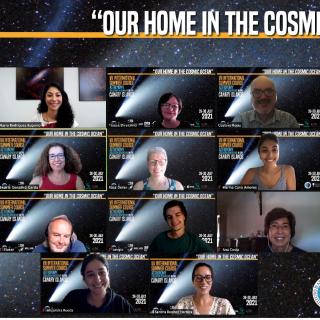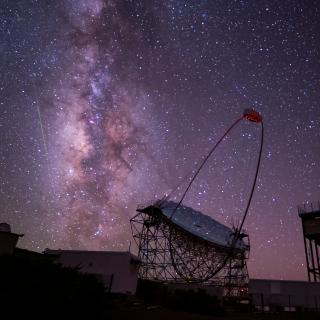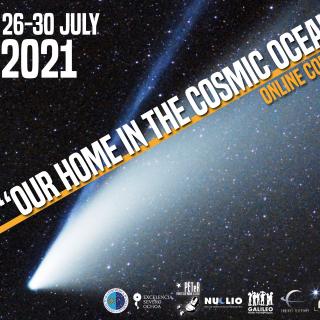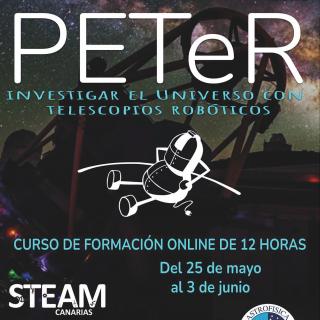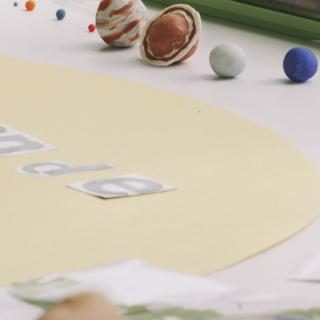
La II edición de este proyecto de divulgación científica mostrará la belleza y riqueza del patrimonio cultural del concejo de Allande (Asturias) a través de la Astronomía, del 20 al 22 de agosto. Tras el éxito de la primera edición, el equipo multidisciplinar de “Allande Stars” volverá a subirse a su furgoneta de estrellas los días 20, 21 y 22 de agosto de 2021 para llevar la Ciencia a la zona rural. Con la misma pasión e ilusión que el año anterior, sus colaboradores recorrerán el concejo de Allande impartiendo talleres diurnos y nocturnos relacionados con la Astronomía y la Astrofísica
Advertised on
